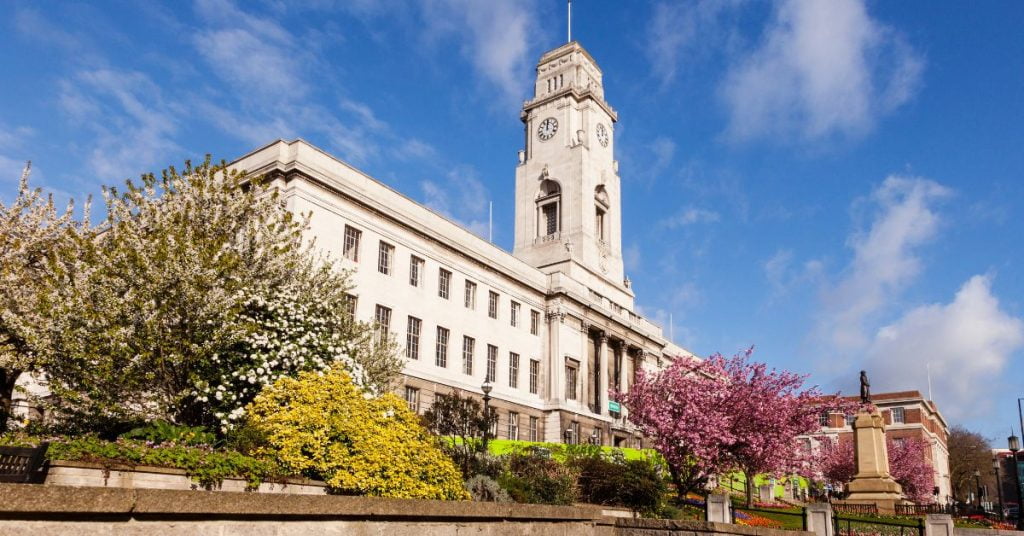Nestled in the vibrant region of South Yorkshire, Barnsley stands out as a dynamic market town with a rich tapestry of history and culture. As the principal town of the Metropolitan Borough of Barnsley and the fourth-largest settlement in South Yorkshire, it boasts a population of 96,888. At the same time, the wider borough is home to 244,600 residents, according to the 2021 census.
A Historical Overview
Barnsley’s story begins long before it was formally recorded in the 1086 Domesday Book, where it appeared as “Berneslai” with a modest population of around 200. Its roots stretch back to the West Riding of Yorkshire. It is strategically positioned between bustling cities like Sheffield, Manchester, Doncaster, Wakefield, and Leeds, with neighbouring Rotherham and Huddersfield also within easy reach.
In the wake of the Norman Conquest of 1066, Barnsley and other Yorkshire towns experienced a surge in development. The area, already a notable trading hub, began to take shape with the establishment of new settlements by the Normans. By the 1150s, Barnsley had gained prominence as the monks of Pontefract Priory chose to develop a town at the crossroads of crucial trade routes: Sheffield to Wakefield, Rotherham to Huddersfield, and Cheshire to Doncaster.
A Town Shaped by Industry
Barnsley’s identity has been shaped significantly by its industrial past. From its early days as a centre for linen weaving, the town’s industries expanded to include coal mining, glassmaking, and textiles. By the 17th century, Barnsley had become a crucial stopover point between major cities, which catalyzed its growth and prosperity. The arrival of the railway in the 19th century further accelerated this development. The North Midland Railway opened the first passenger station in 1840, the Manchester and Leeds Railway’s Barnsley Exchange station in 1850, and the Midland Railway’s Regent Street Station in 1873.
A Town of Traditions and Challenges
Barnsley’s vibrant culture is deeply intertwined with its industrial heritage. The town is renowned for its brass bands, initially formed by mining communities as social clubs. However, Barnsley’s history has its challenges. In 1908, a tragic incident at a public hall, now known as The Civic, resulted in the deaths of 16 children during a rush to see a film.
Despite these hardships, Barnsley remained a beacon of industrial might, particularly famous for its coal mines. At its peak in 1960, the area boasted 70 collieries within a 15-mile radius. Although the last colliery closed in 1994, the mining industry’s legacy continues to be a source of pride, with the National Union of Mineworkers still headquartered in Barnsley.
Preserving the Green Belt

A unique feature of Barnsley is its commitment to preserving green spaces. A green belt surrounds the town, a vital zone to curb urban sprawl and protect the natural landscape. This green belt, defined in 1979 and encompassing 23,050 hectares as of 2017, serves multiple purposes: it prevents towns from merging, encourages the reuse of brownfield sites, and safeguards rural communities. The area also supports recreational activities, offering residents and visitors access to beautiful landscapes, including the River Dearne.
Would you like to feature your blog on our website? Contact us.

